In the fascinating world of antiques, knowing how to recognize an ancient Buddha is essential, whether for collecting or to avoid fakes. But how to distinguish the authentic from the replica? Let's dive into this mysterious universe together.
The material used
Precious metals
Ancient Buddhas were often made of precious metals such as bronze or gold. A heavy, solid metal Buddha can indicate its age.
Stone and ceramics
Cracked ceramics or eroded stone can be signs of age. However, beware of modern techniques that artificially reproduce these aspects!
Stylistic characteristics
Facial features
The styles of the Buddha's facial features evolved over time and regions. A long nose or elongated ears may indicate a specific era or region.
Posture
The way the Buddha sits or stands, as well as the position of his hands (mudras), can give clues to his time of origin.
Wear marks
Real old Buddhas often show signs of wear due to time or worshipers' devotion, such as polished areas where people have often touched.
Provenance and documentation
A clear history of the piece, with documentation or proven provenance, can go a long way in determining the authenticity of a Buddha.
Expert consultation
When in doubt, it is always recommended to consult an antique expert or Asian art expert. They have the experience and knowledge to authenticate a coin.
Conclusion: The art of distinction
Recognizing an ancient Buddha is a true art that requires observation, knowledge, but also sometimes a little intuition. With these tips, you will be better equipped to identify authentic treasures and avoid counterfeits.
Frequently asked questions about identifying ancient Buddhas
1. Is a light Buddha necessarily a replica?
Not necessarily. But a surprisingly light weight may be a sign to check further.
2. Are all ancient Buddhas high in value?
No, value depends on many factors, including rarity, provenance, condition and material.
3. How do I preserve my ancient Buddha?
Avoid direct exposure to sunlight, excessive dust and humidity. Consider a display case for valuable pieces.
4. Should I clean my Buddha?
Yes, but with caution. Never use harsh chemicals. Consult an expert for specific advice.
5. Is each ancient Buddha unique?
Most ancient Buddhas have unique characteristics, although they may belong to similar styles.

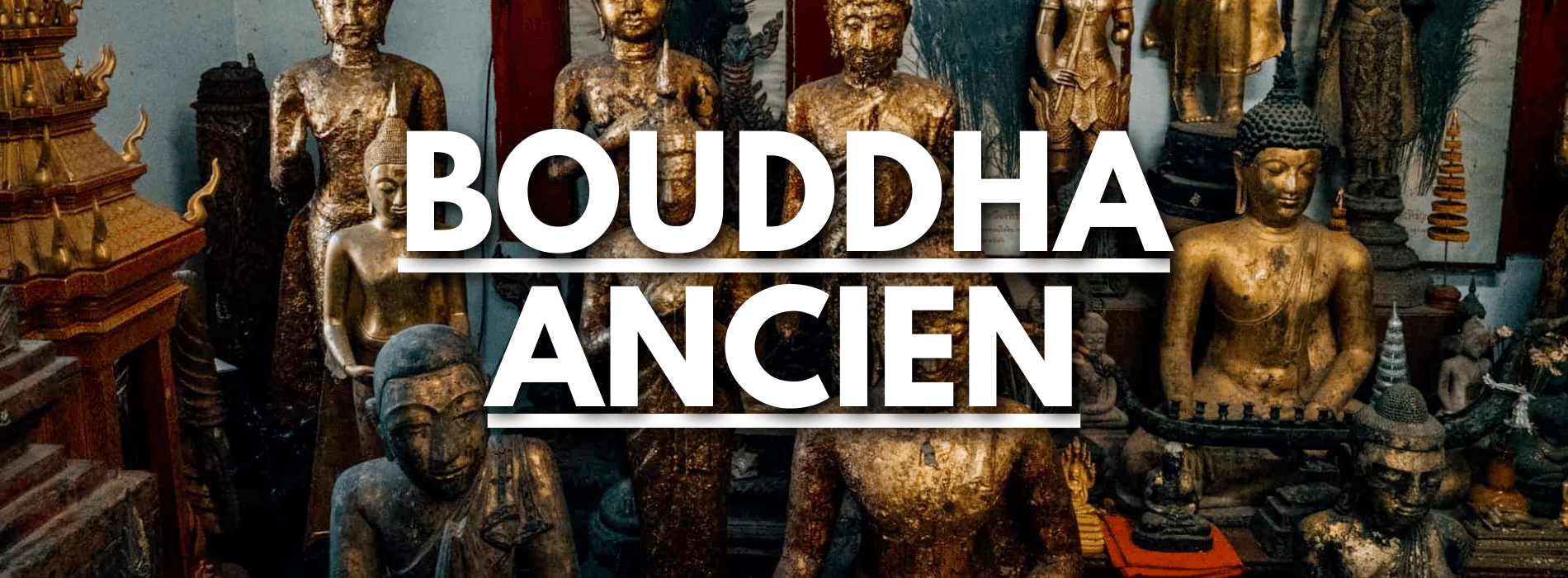

















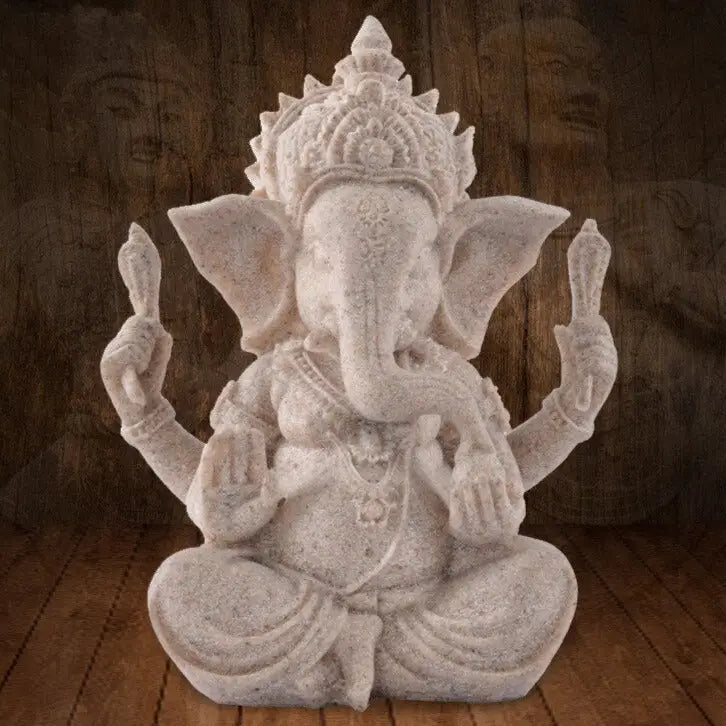
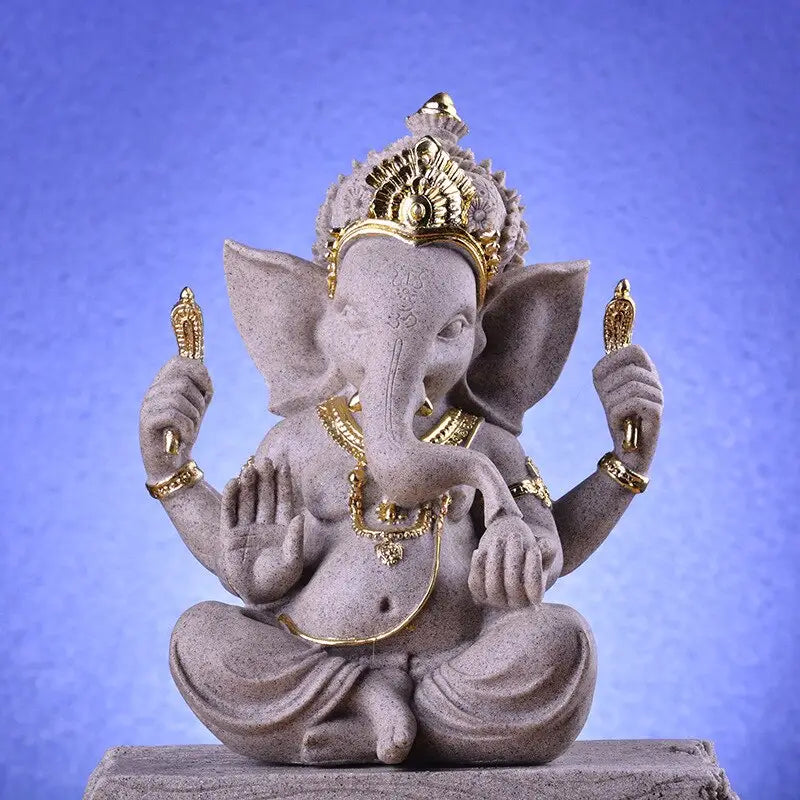
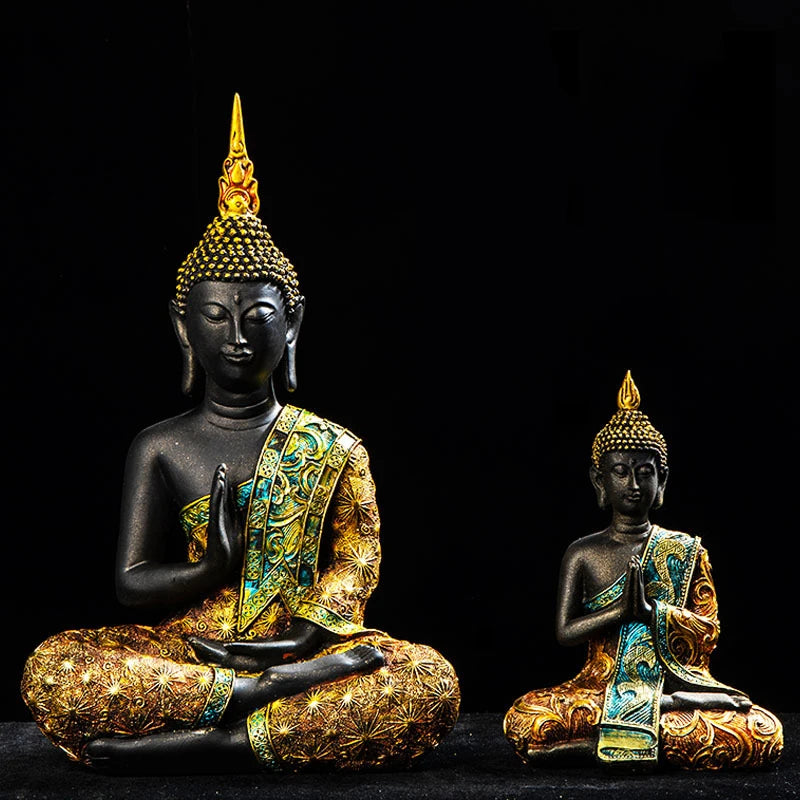
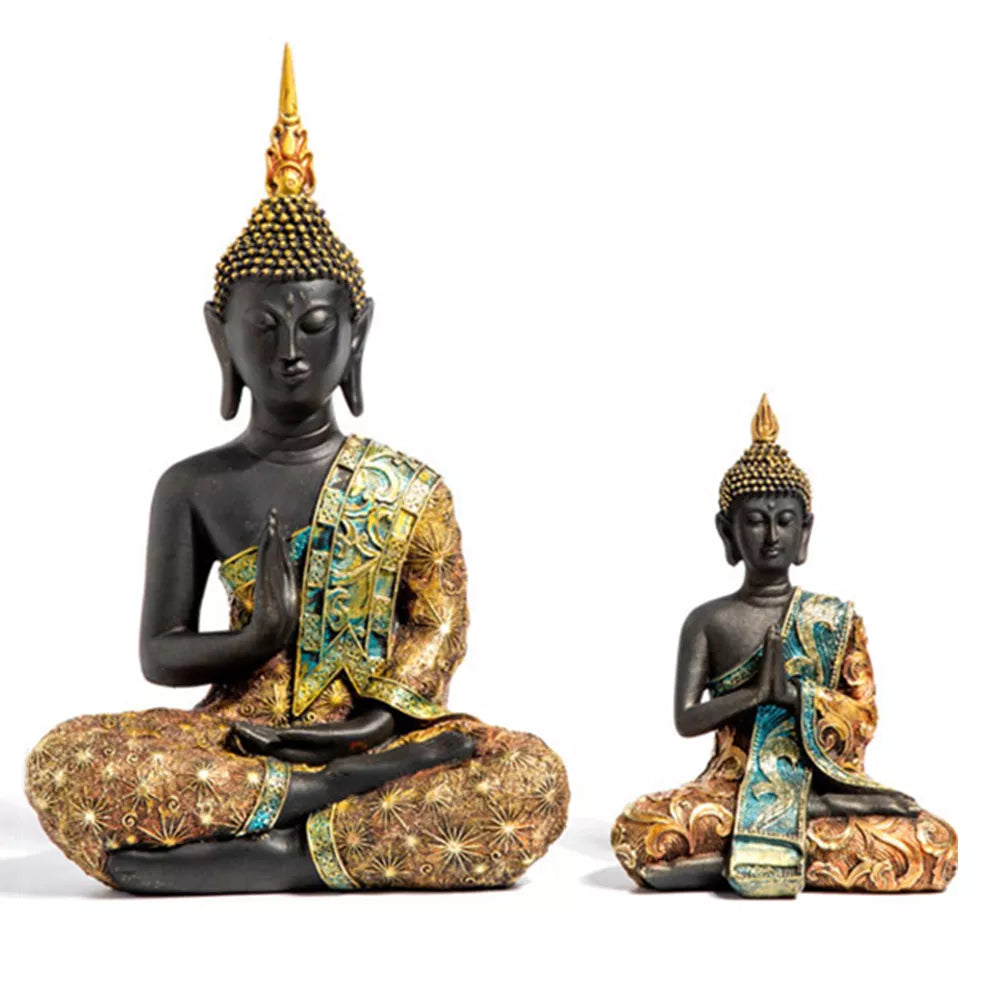
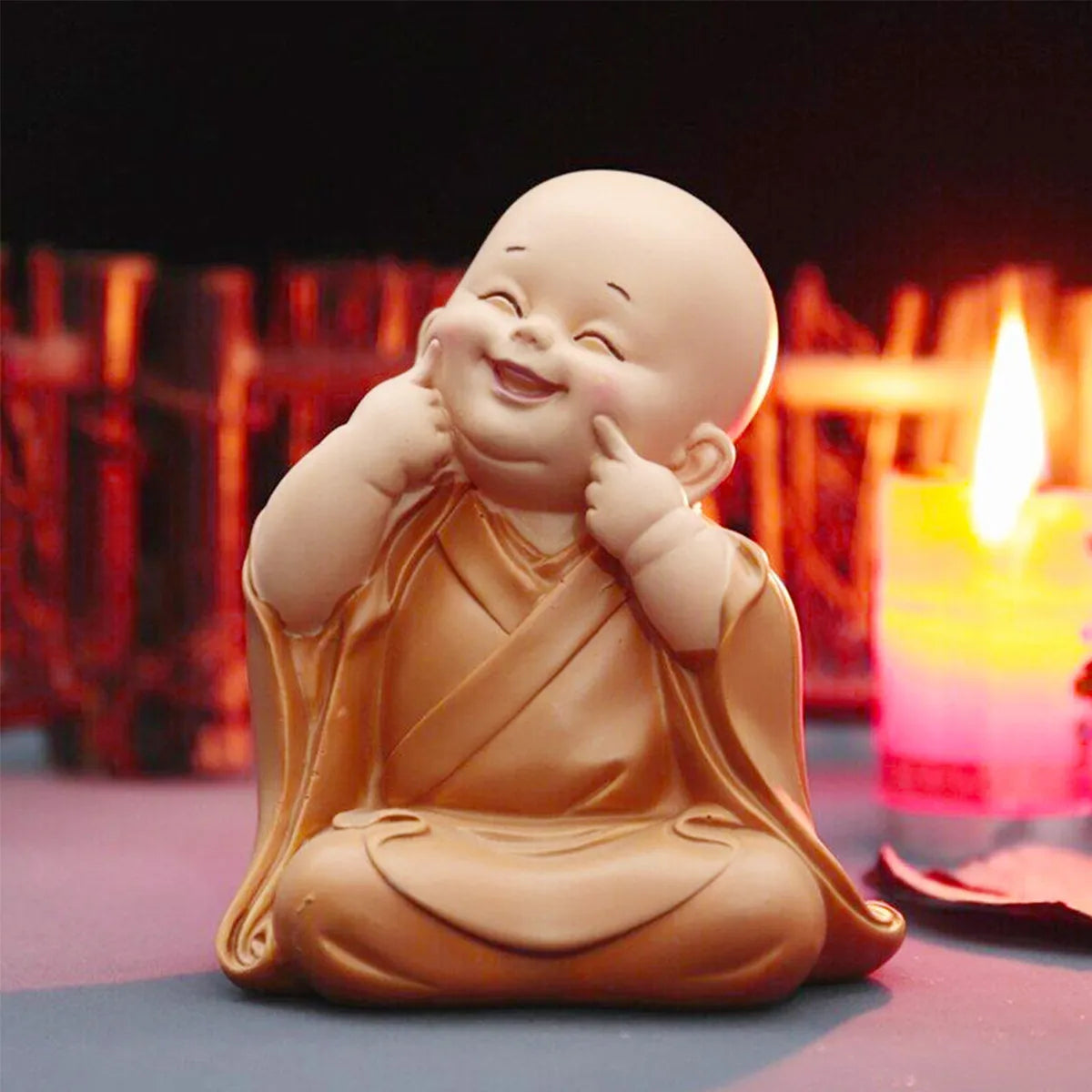
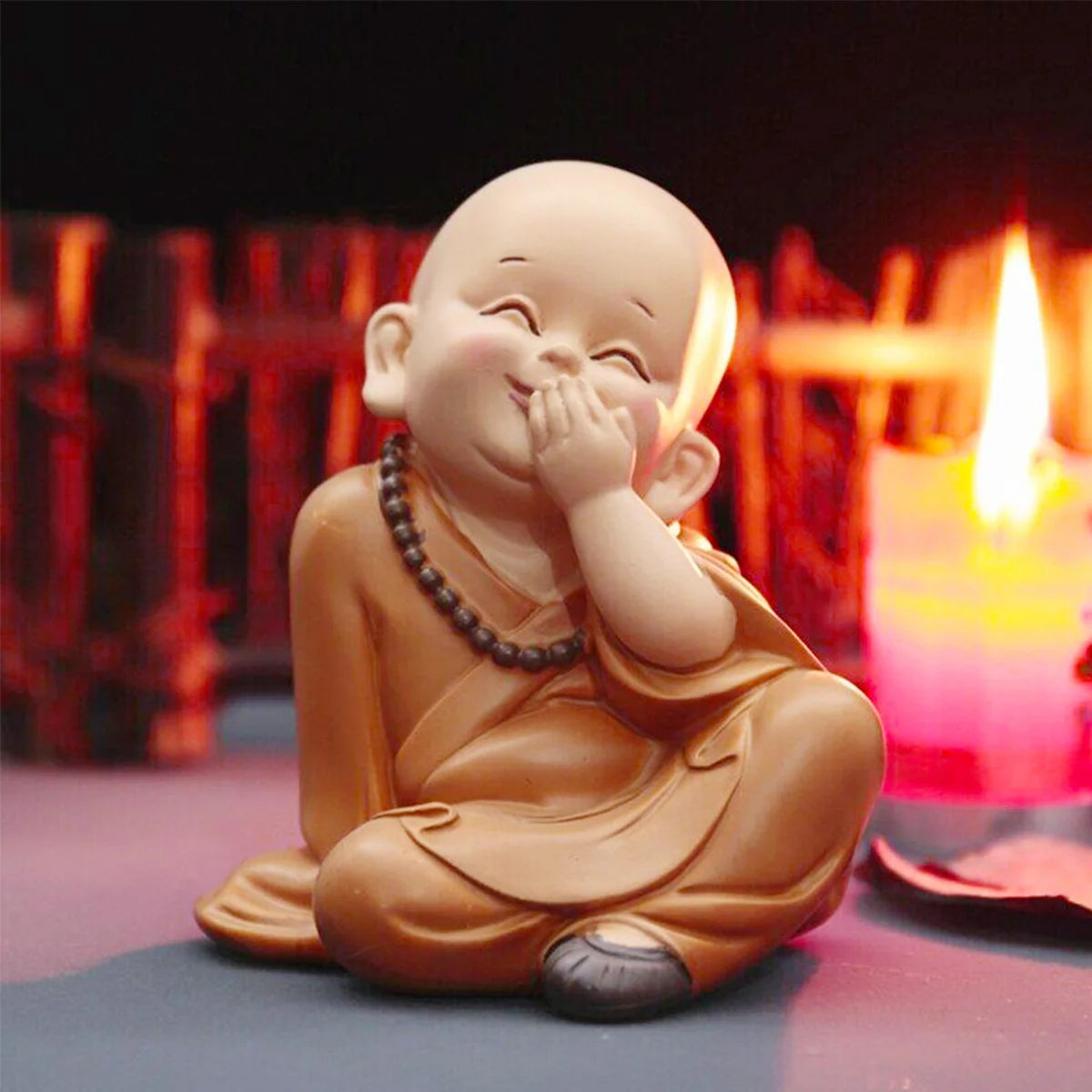


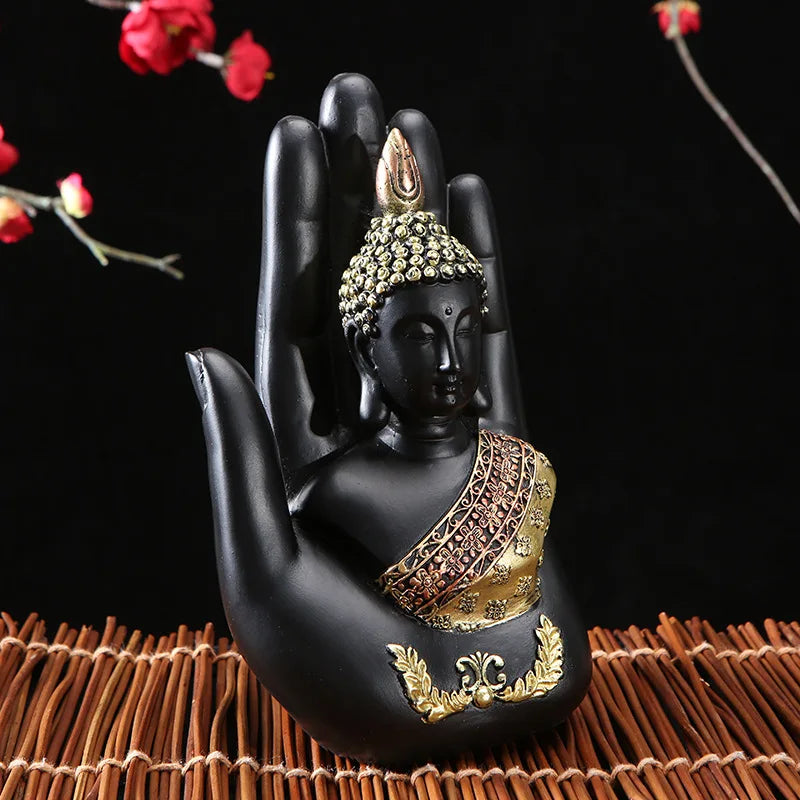
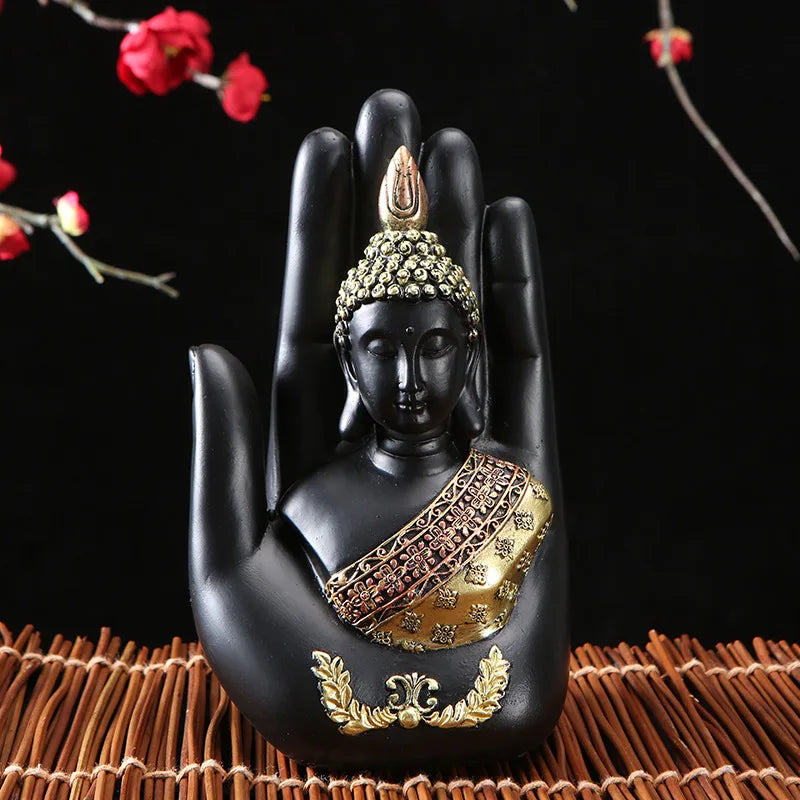














4 comments
Emy
Bonjour,
J ai un petit bouddha ancien en bois avec dans son dos un secret et un scellé, j aimerai connaître sa valeur svp
Ledet
Bonjour
J’ai acheté une tête de bouddha il y a une vingtaine d’années et je souhaiterai savoir si il est authentique la matière etc pour le revendre à son prix réel
Puis-je vous envoyer une photos et être renseigné sur le sujet
Cordialement
Flament
J’ai un bouddha que mon père a eu d’un ancien mercenaire dans les années 50. Il est debout ,en bois,de couleur brune ,et par dessous la couleur il y a de la dorure
Bouseba
Bonjour j’ai un ancien bhouda je veux savoir sa valeur merci